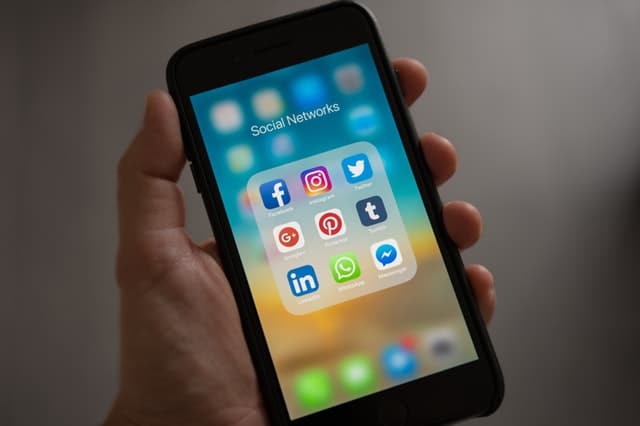How Often Should a Hearing Aid Be Cleaned for Optimal Use?
You’ve just received your hearing aids, a fantastic step toward better hearing health. But you might be wondering what comes next. You’ve made an...
Posted on January 31, 2020
Hearing AidsHearing loss is common in PA, affecting nearly 48 million Americans, and is linked to a variety of debilitating conditions including depression, increased risk of falling and even cognitive decline. Despite this, only one in five people who could benefit from a hearing aid uses one, and those who do use one wait an average of seven years after being diagnosed to actually seek treatment.
Part of the reason people wait to buy hearing aids is because of the stigma associated with wearing them. Luckily, today’s hearing aids are not the large, clunky devices your grandparents wore; hearing devices have come a long way with smaller, sleeker designs, smartphone compatibility and more.

Hearing aids can now stream sound from various audio devices right to your ears. Rather than turning the volume of your TV up louder than others are comfortable with, you can enjoy your movie in surround sound without affecting anyone else. Hitting the gym? You don’t need to crank up your earbuds anymore either; you can have a built-in wireless headset everywhere you go.
You can also program your smartphone so that incoming calls and text alerts play through your hearing aids. You can answer a call with the push of the button, and when your call is over, your hearing aids will automatically reconnect to what you were listening to before.
Some hearing aid manufacturers have rolled out smartphone apps that work as remote controls for your hearing aids, and Phonak’s Audéo Marvel has a Remote Support app that allows users to chat remotely with a hearing care professional while they re-program the devices. Phonak also has a call-to-text app that works as a live captioning service for your phone calls.
The Oticon On app communicates with the Internet of Things and can be used to program your lights to turn off when you power down your hearing devices at night, as well as alert you when the doorbell rings or the laundry timer goes off.
Several hearing aid manufacturers, including Starkey, work with an app called TruLink, which remembers your preferred hearing aid settings in various geographic locations. It will automatically reprogram your devices the next time you return there.
Hearing aids are smarter than ever. To learn more about the latest hearing technology, schedule a visit with Pinnacle ENT Associates.
You’ve just received your hearing aids, a fantastic step toward better hearing health. But you might be wondering what comes next. You’ve made an...
Have you ever opened that kitchen drawer and found a little hoard of stuff you forgot you had? Maybe some stray rubber bands, a...
Video games may help you relax and have fun now, but like many noisy activities, they can contribute to hearing loss later. According to...
Tympanosclerosis is a post-inflammatory condition affecting the tympanic membrane, or eardrum, and middle ear. Tympanosclerosis can result in hearing loss or be asymptomatic and...